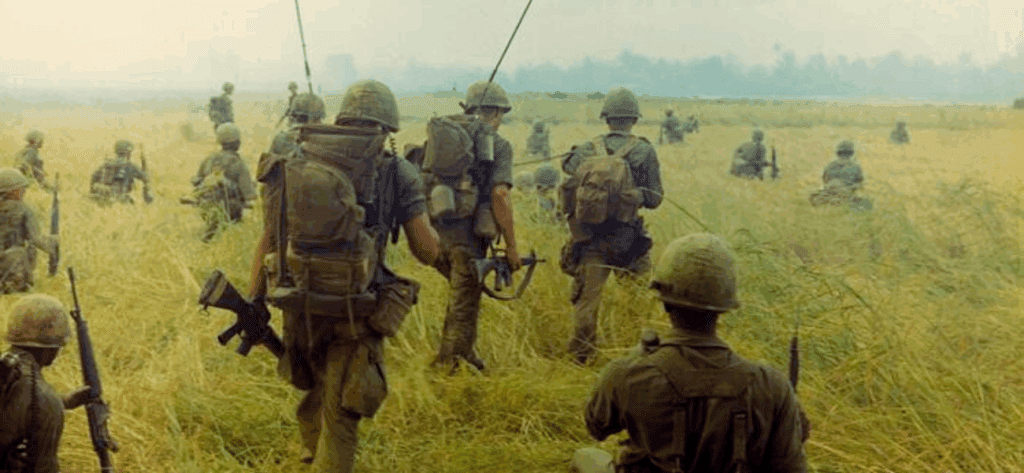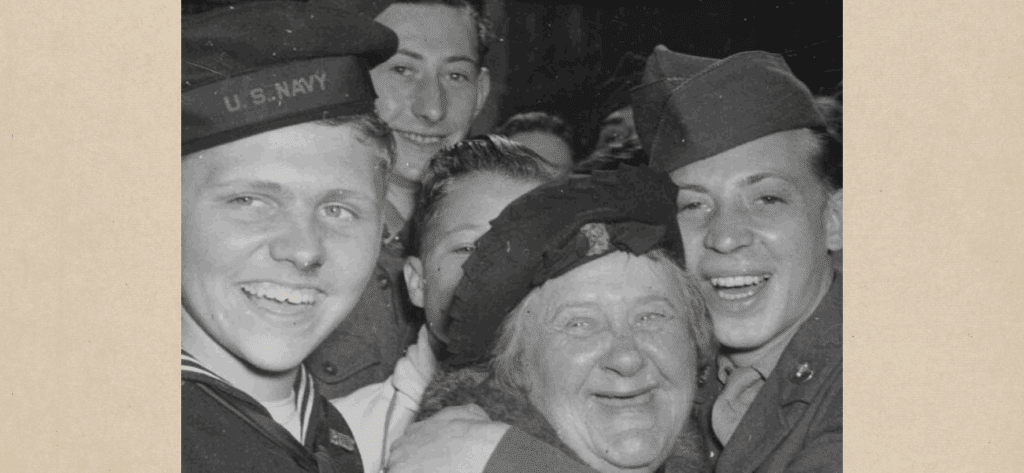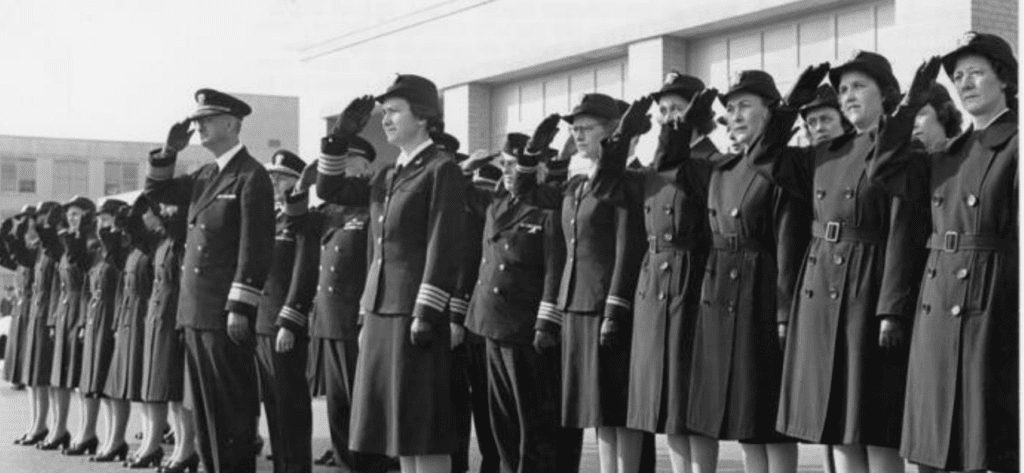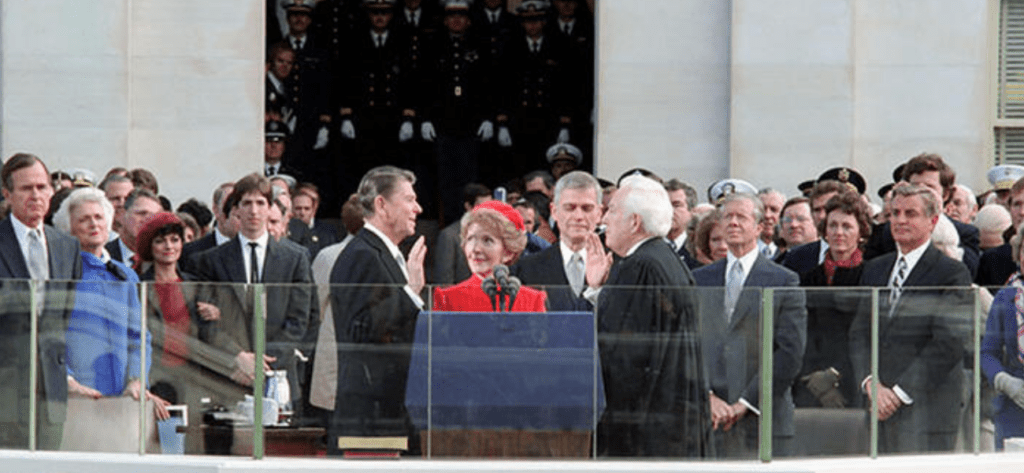On May 9, 1914, President Woodrow Wilson issued a proclamation declaring the second Sunday in May a holiday for the “public expression of love and reverence for the mothers of our country.” To commemorate the centennial of the first national observance of Mother’s Day, the National Archives Museum displayed one of hundreds of thousands of letters written by mothers seeking advice from the Children’s Bureau, a federal government office established in 1912 to promote the well-being of mothers and their children.
With three children under the age of four, and without “conveniences and modern utilities,” Mrs. Neil Williams was at the end of her rope. If anyone could help her, surely it was Julia Lathrop, Director of the Children’s Bureau. In heartfelt language, Mrs. Williams wrote to Ms. Lathrop in 1920 to ask how to manage “all these scientific and hygienic duties for babies,” keep up with housework, and love and nurture her children. “I love them until it hurts,” she explained, “and know that, when they are out of their babyhood, I can never forgive myself for not making more of these precious years.”
The Children’s Bureau was the first federal agency of the U.S. government dedicated to improving the lives and well being of America’s children and families. Created by President William Howard Taft, the bureau focuses on a number of key issues including, child labor, orphanages, foster care, and other issues important to children’s health and well-being.
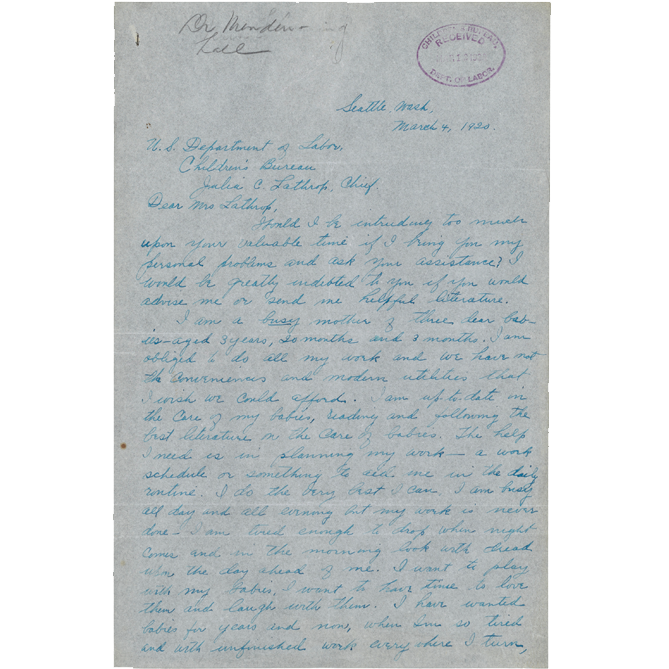
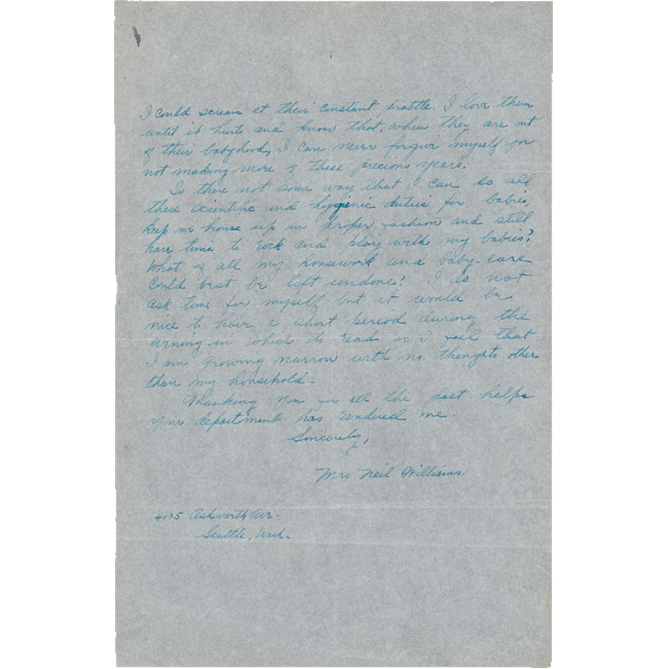
This document was on display in the “Featured Documents” exhibit in the Rotunda Galleries of the National Archives in Washington, DC, May 9 through May 21, 2014.
The National Archives Museum’s “Featured Documents” exhibit was made possible in part by the National Archives Foundation through the generous support of Toyota.
